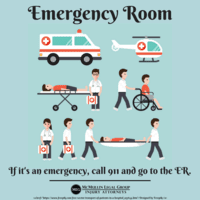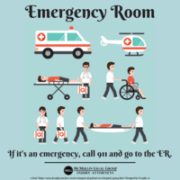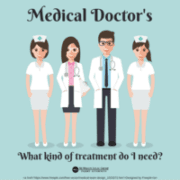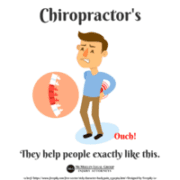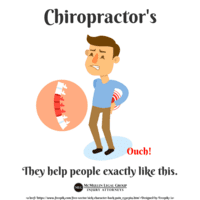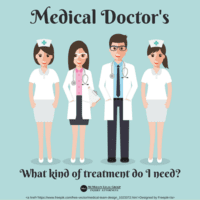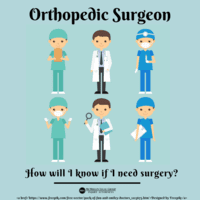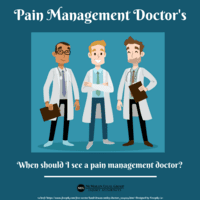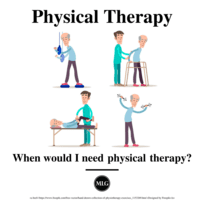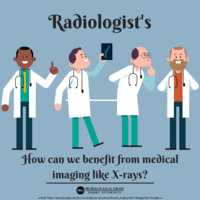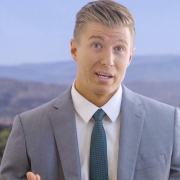The Emergency Room & Trauma Center
The Emergency Room & Trauma Center
This article discusses the basics of the emergency room and trauma center, focusing on the particular types of treatments one can receive there.
What is the Emergency Room?
Always call 911 if someone needs medical assistance immediately. 911 personnel will assist you on the phone and will be able to direct you to go to the emergency room or stay where you are based on the injuries or illness. If you or the injured person cannot get to the Emergency Room (ER), paramedics will take you in an ambulance. The ER is defined as “a hospital room or area staffed and equipped for the reception and treatment of persons requiring immediate medical care”. The immediate care that people need usually consists of acute (bad, difficult) illness or injury. The emergency room is open 24 hours a day because illness and injury that need immediate care can occur at any time of the day or night. Medical staff, including nurses and doctors, are ready to treat patients with immediate medical assistance. Nurses in the ER are trained to manage many of the injuries and illness; they are the ones to usually determine what kind of care the patient needs – surgery, medicine, etc. If someone goes to the ER, they will most likely see a medical nurse and an Emergency Medical Specialists or ER Doctors. If the patient needs emergency surgery, the ER doctor will more than likely refer them to a Trauma Surgeon, who usually is already in the ER.
What is a Trauma Center?
The Trauma Center (TC) is similar to the Emergency Room (ER), but the types of injuries the TC treats is different. The TC is usually located in the ER, so going to the ER is a must when immediate medical care is needed. The medical staff, including nurses and doctors, will refer the patient to the TC if they need specific care for a traumatizing injury or illness – the patient is usually referred to the TC if they need emergency surgery. The medical personnel in the TC are trained in many of the same areas as the ER; they are trained for specific traumatic injuries and illnesses as well.
What types of injuries does the Emergency Room treat?
There are several types of injuries that medical personnel in the ER treat. These include (but are not limited to):
- Broken bones
- Fainting
- Poisoning
- Heart attack
- Stroke
- Stomach and bowel pain
- Breathing issues
- Burns
The ER is the default place to go to when someone needs immediate medical attention. The Dixie Regional Medical Center has an excellent trauma center.
What types of injuries does the Trauma Center treat?
There are several types of injuries that medical personnel in the TC treat. These include (but are not limited to):
- Deep cuts
- Traumatic car-crash injuries
- Gunshot/stab wounds
- Major burns
- Traumatic brain injuries
- Blunt trauma
What types of treatment does the Emergency Room / Trauma Center provide?
The medical staff that sees the patient as soon as they arrive in the ER perform ‘triage’ (evaluating patients to determine who needs the most help urgently). This helps with efficiency in the ER and allows the patient to receive the best care for their injuries or illness. ER Doctors treat patients with medicine and immediate procedures, test for blood pressure, begin blood transfusions, order testing, etc. Both the ER Doctor and Trauma Surgeon have the same goal: to save lives and prevent long-lasting pain/damage to patients. The ER Doctor usually stabilizes the patient, while a Trauma Surgeon operates immediately when the ER Doctor determines the severity of the patient’s illness or injury is critical.
What if I can’t get to the ER myself?
Emergency Medical Technicians (EMT’s), or paramedics, usually determine where the patient will be taken for care (most of the time it is the ER). However, the patient can choose which hospital they will be taken to if there is more than one closeby. EMT’s are trained to stabilize patients if needed. Some patients are unconscious when paramedics arrive, so they must decide where the patient must go for the quickest and best medical care.
